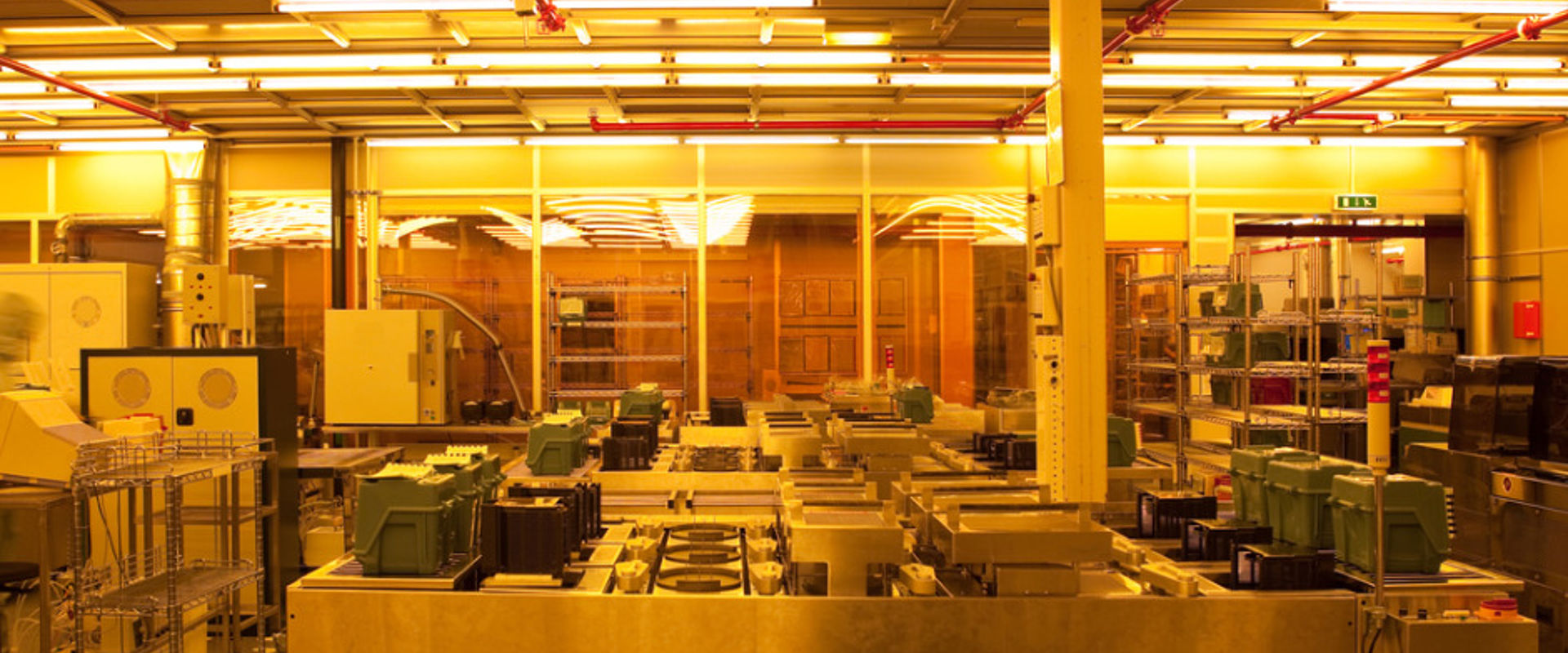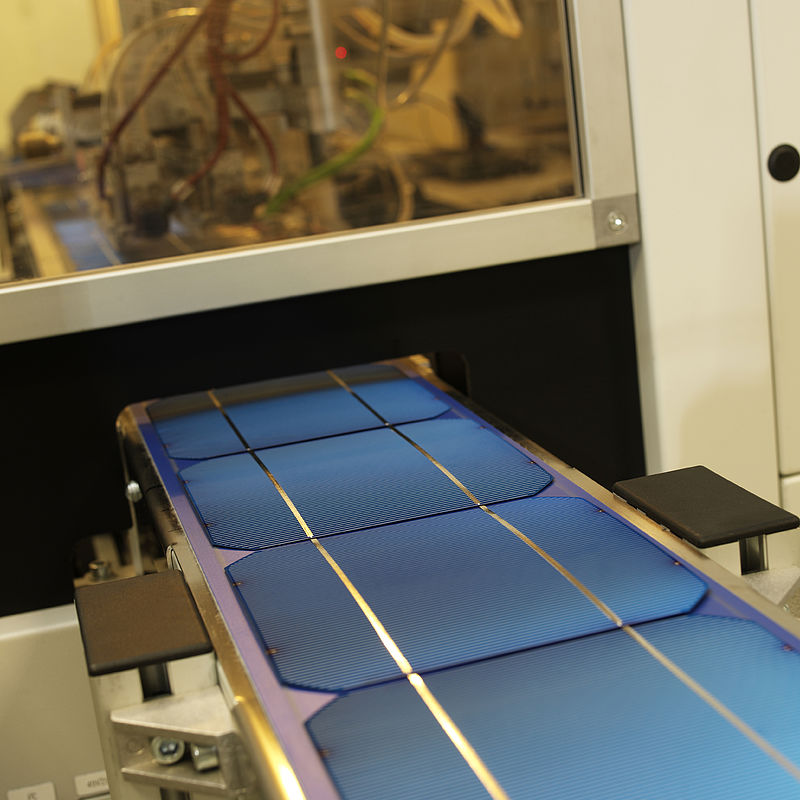
Innovation for cleanroom monitoring
Challenge
Manufacturing semiconductors and high power LEDs relies on cleanroom processes where chemicals such as hydrogen fluoride, hydrogen chloride and ammonia are used to create features on printed circuits. But if these same chemicals are inadvertently released as tiny traces into the cleanroom air, interactions can ruin entire production batches. It is crucial that air quality is reliably monitored for contamination at the parts per billion level to reduce wastage and ensure manufacturing efficiency.
Most conventional cleanroom air quality monitors were not envisaged for part per billion contamination detection and are beginning to be replaced. Newer monitors use individual lasers, with wavelengths carefully matched to specific process chemicals, shining through samples of cleanroom air to identify and quantify any contamination present.
However, one of the challenges faced by existing laser based technologies is their size. Current lasers fill an airplane cabin bag but smaller versions nearer shoe box size are needed, without reduction to the laser beam’s intensity. Highly sensitive compact monitoring systems able to detect a range of process chemical contaminants simultaneously are needed to reduce waste in high cost industrial production environments, such as cleanrooms.
Solution
The EMRP project Metrology for airborne molecular contamination in manufacturing environments developed a compact tuneable laser system able to produce different light wavelengths and incorporated it into a highly sensitive prototype cleanroom monitoring system.
By studying existing lasers, the team identified design improvements and used these to create a more compact light source which uses less power. This incorporates a novel feature that enables the laser to be tuned to different wavelengths – opening up the potential to use a single instrument to detect multiple cleanroom contaminants. Project testing demonstrated the system’s ability to detect ammonia at the parts per billion level of cleanroom contamination.
Impact
HC Photonics, an SME specialising in laser wavelength conversion technologies, improved their understanding of laser light source design and development, as a result of interacting with project partner VSL. This knowhow has been used to develop a new infrared laser light source that has broad wavelength tuneability and sharp spectral resolution. Compact and significantly cheaper than existing infra-red light sources, HC Photonics new laser is suitable for a number of applications, such as cleanroom monitoring for multiple contaminants, atmospheric pollution sensing and medical diagnostic technologies.
The projects contribution to understanding how these tuneable lasers work is important for creating innovations that have the potential to extend laser technology uses to meet the emerging demands of many different industrial and medical sectors. Lasers with the capability to produce different specific wavelengths and high output power have the potential to create innovation in medical diagnostic imaging of brain lesions, breast cancer or determining oxygen levels in the blood.
- Category
- EMRP,
- Industry,
